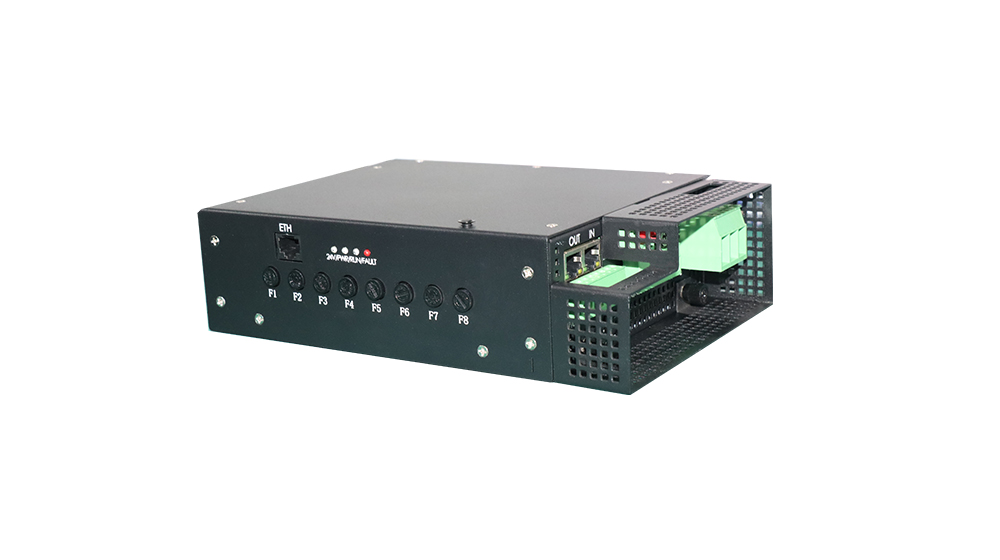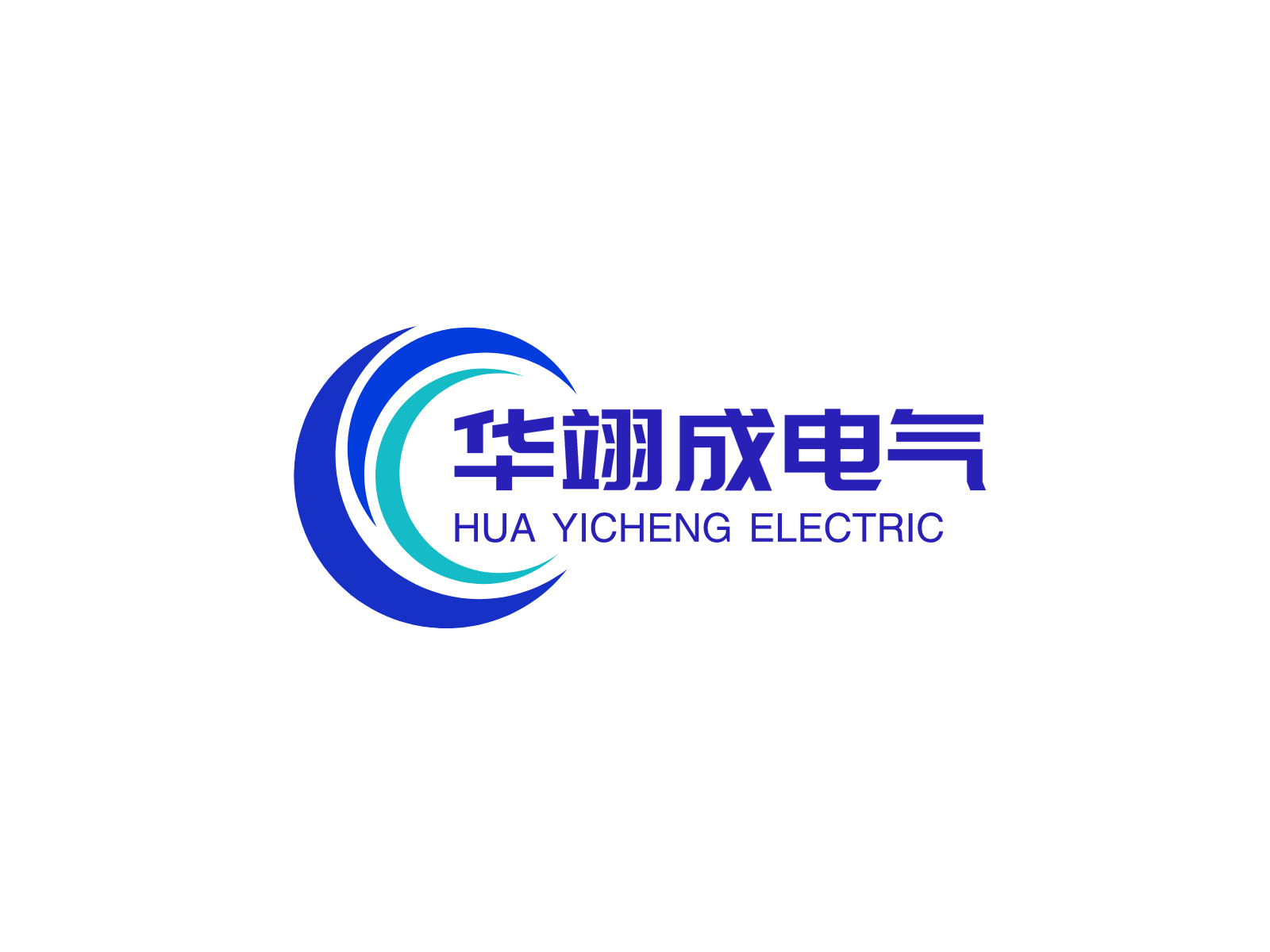The fuse of the power regulator is easy to blow out, which may be caused by the following reasons:
Overload Current: When the load current exceeds the rated capacity of the power regulator or circuit, the fuse is overloaded, so it may blow to protect the circuit from overcurrent. This can occur when starting high-power equipment or connecting large electrical When under load.
Short Circuit: A short circuit is when the current bypasses its normal path and connects directly to the fuse, causing the current to rise rapidly. This will cause the fuse to blow, preventing damage to the circuit or equipment.
Low-quality or substandard fuses: Using low-quality or substandard fuses may cause them to blow below the rated current because they cannot handle the load.
Transient current spikes: In some applications, a circuit may experience transient current spikes that may exceed the transient capacity of the fuse. If the fuse does not have sufficient transient rating, it may blow.
Incorrect installation: If the fuse is not installed correctly or does not match the circuit, it may cause the fuse to blow out.
To prevent a power regulator fuse from blowing, make sure you select a fuse with sufficient extra capacity and follow the manufacturer's recommendations. In addition, when installing and operating the equipment, pay attention to the load current to avoid overload or short-circuit conditions. If the fuse If it blows out frequently, you should carefully check the circuit and connections to ensure there are no potential problems.
The company has a group of high-quality professionals with innovative ideas. Through continuous accumulation, we have successfully developed and produced a series of products, including fully digital high-performance SCR power regulators and various types of special high-frequency power supplies. These products are widely used in Industrial automation, electric power, metallurgy, medical care, environmental protection, smart grid, rail transit, testing and measurement, scientific research, semiconductor, communications and other industries.




